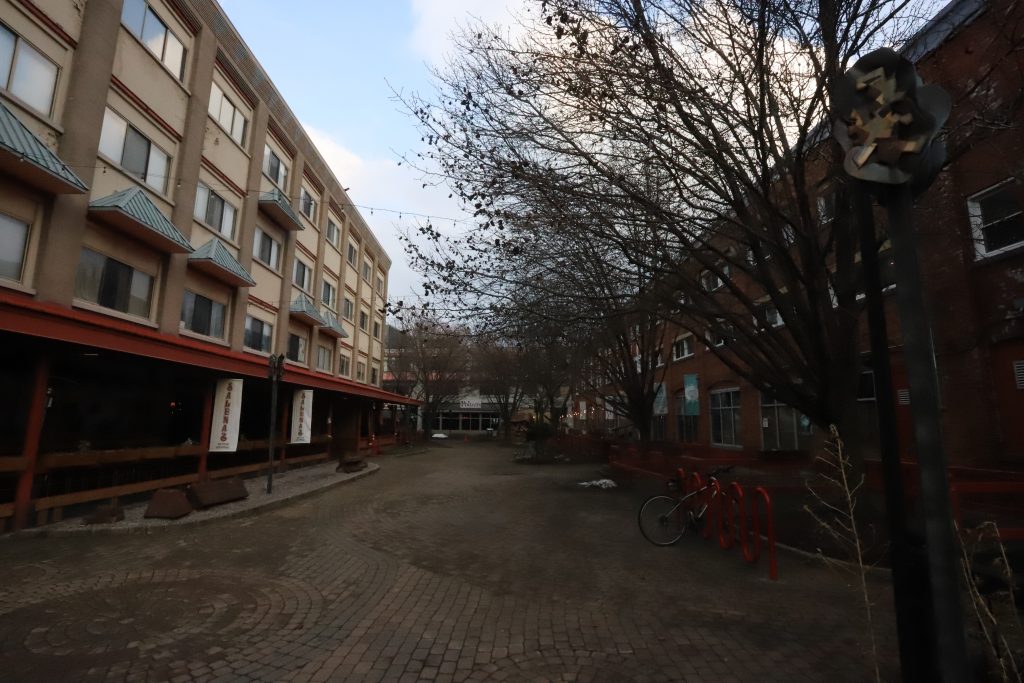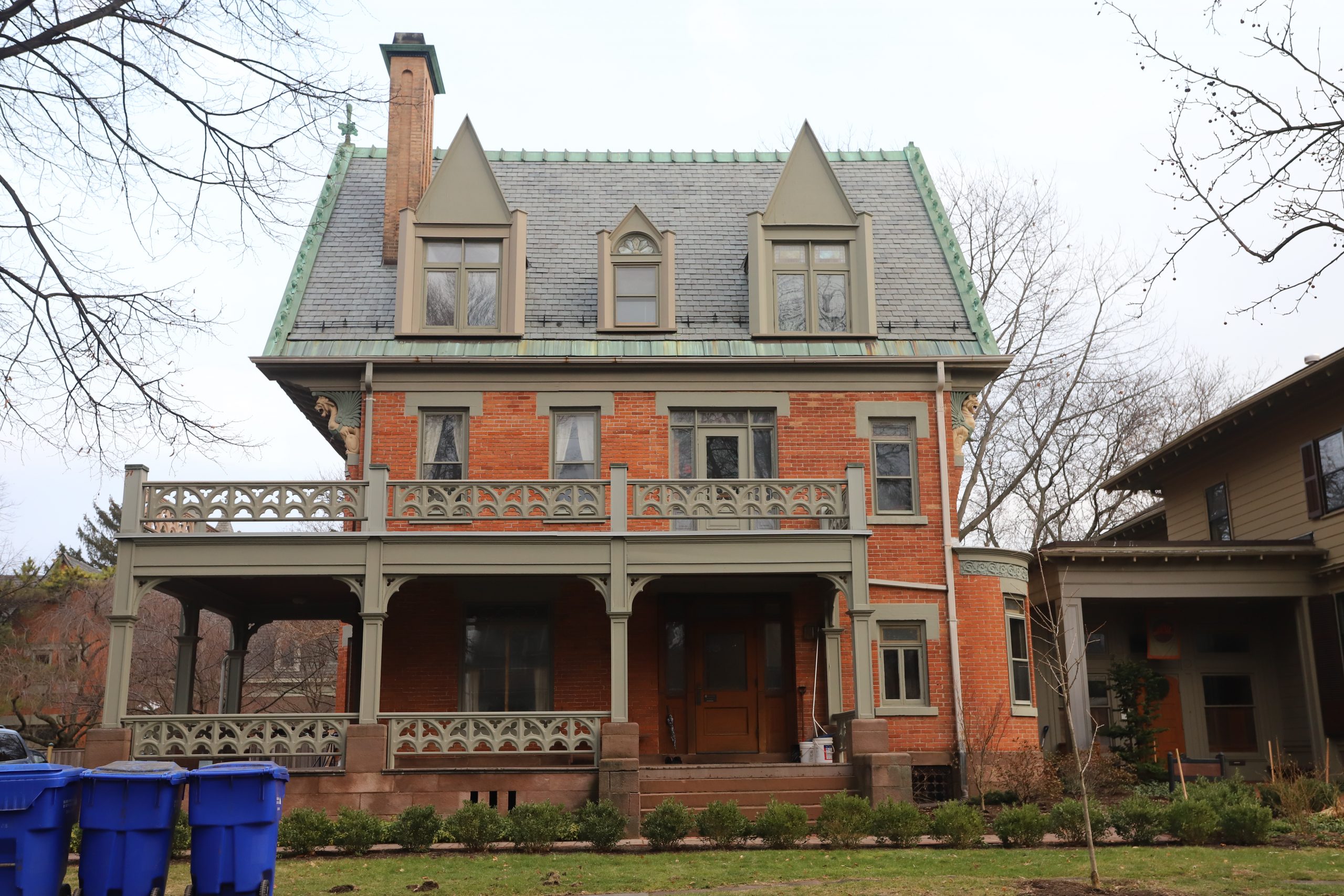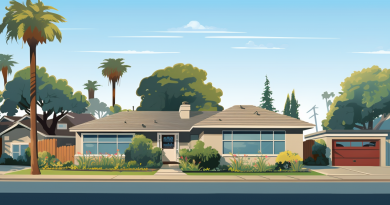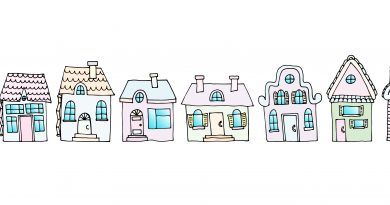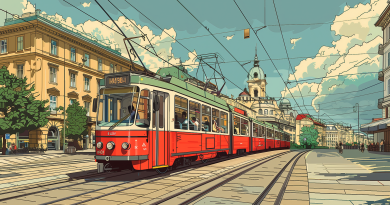What About Rochester: Toward More Geographical Diversity in a New Year
One of the missions for Handbuilt is to get people to think outside the box. I got into this “career” field accidentally because I was curious about why things were done a certain way– badly, in my opinion- and it took me a long time and a lot of dumb mistakes to understand how to do things better.
In Handbuilt’s inaugural entry, which hasn’t aged entirely well, I alluded to the need to fight against what I’ve since termed coastal chauvinism— the drive toward the Coasts and that everything is great in the far east or the far west. We think of economy purely in terms of statistics, resources, and capital, but it’s also about perception. Manifest Destiny wasn’t just about homesteading in the (genocide-adjacent) pursuit of a better life by white settlers. It was also about the perception of there being better than here.
Contrary to Frederick Jackson Turner, if you’ll indulge me for going full Midwestern academic, the frontier was not closed when white settlers reached the West Coast. The frontier mentality never ended. If we deconstruct the Turner thesis, we can come up with the more modern maxim that The Real Frontier Is Within!
On the way back to Detroit after Christmas, we stopped in Rochester, New York, a noble, winter citadel of Great Lakes gloom. Rochester evades those lists of cities that have suffered a spectacular collapse– and rebirth, perhaps- as well as lists of those cities that are considered top tier by virtue of how enormous their economies are. You aren’t reading ruin porn about Rochester or Syracuse or Buffalo every week in the New York Times. In contrast, the Times seems obsessed with Detroit. (Rochester has lost about 1/3 of its 1950 peak population. While it appears stable enough from outward appearances, its skyline doesn’t exactly host dozens of cranes).
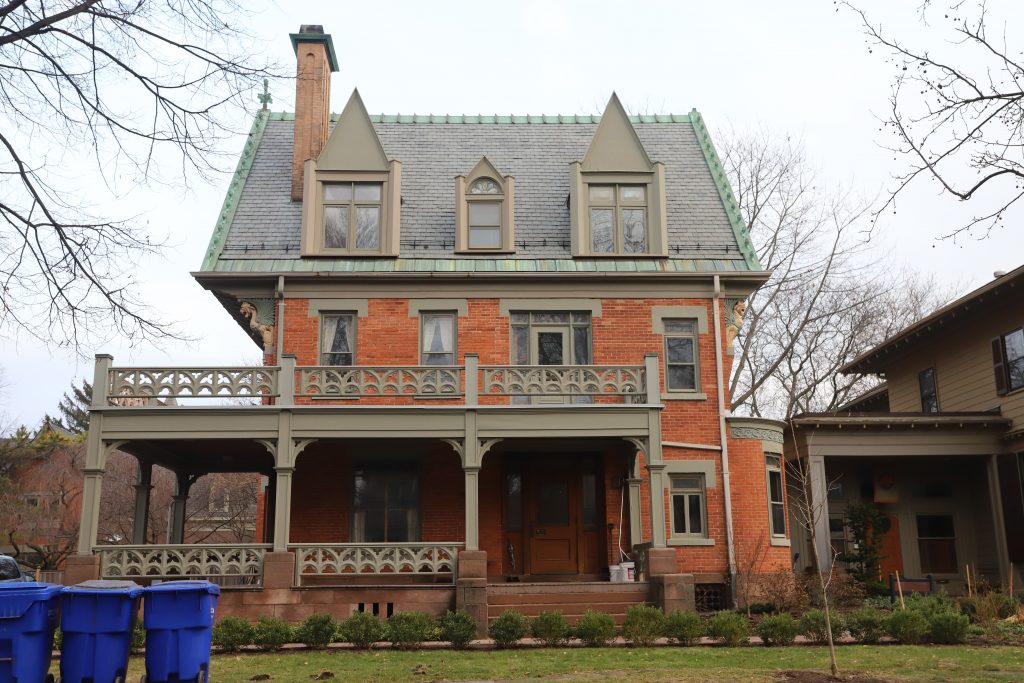
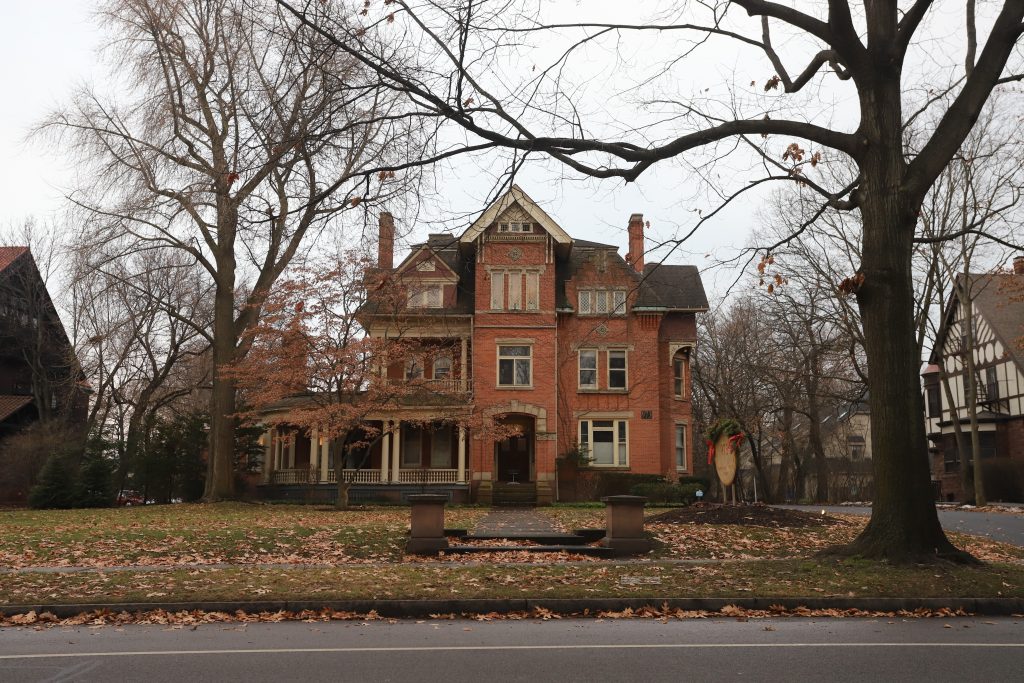
When I was graduating college, everyone was moving to New York, San Francisco, Austin, Portland, Seattle, or, within the greater Midwest, Minneapolis or Chicago. No one was moving to St. Louis (2010 for me). No one was moving to Gary (started working there in 2012, though I didn’t officially live there). No one was moving to Detroit (my 2015).
But now, as I celebrate my fifth year in the Motor City (in less than two weeks), it’s interesting to trace the path of discourse surrounding this death and life of great American urbanist discourses.
It’s easy to pick out the success stories because everyone wants to move to those cities. Chicago! Austin! New York City! And, of course, San Francisco! Even Oakland, Berkeley! And, surely, those nameless, endless Bay Area suburbs that no one can afford to live in but mysteriously have millions of residents. L.A. is hardly any different, although California’s struggle with blue state blues these days seems to be alluding to the need for a more sustainable, less car-driven built environment. I’m hoping to cover some success stories of this when I visit in February.
Upstate New York has got some good’uns. Buffalo, home to the ur-wing. Rochester. Syracuse. There are also oodles of dense and small towns that may even attain national fame through things like schools or art scenes– think Hudson or Troy. Ohio has not only Cleveland, Columbus, and Cincinnati, but also Toledo, Youngstown, and Dayton. Ohio has many strong small towns, but none quite as dense as eastern ones. Pennsylvania has Allentown, Reading, or my native Lancaster.
New Jersey has a number of cities oft-overlooked in the trendiest discourse of urban reinvention, interesting in part because they are usually far denser than cities in other parts of the country. Paterson is more than three times denser than Detroit and is 50% denser than Hamtramck, the densest city in Michigan. Elizabeth is similarly twice as dense as Detroit. Jersey City and Newark have collectively lost “only” a quarter million people in the past 90 years, but appear to be on a population rebound (thanks to spillover from unaffordable New York City).
Both cities have more than double the density of Detroit.
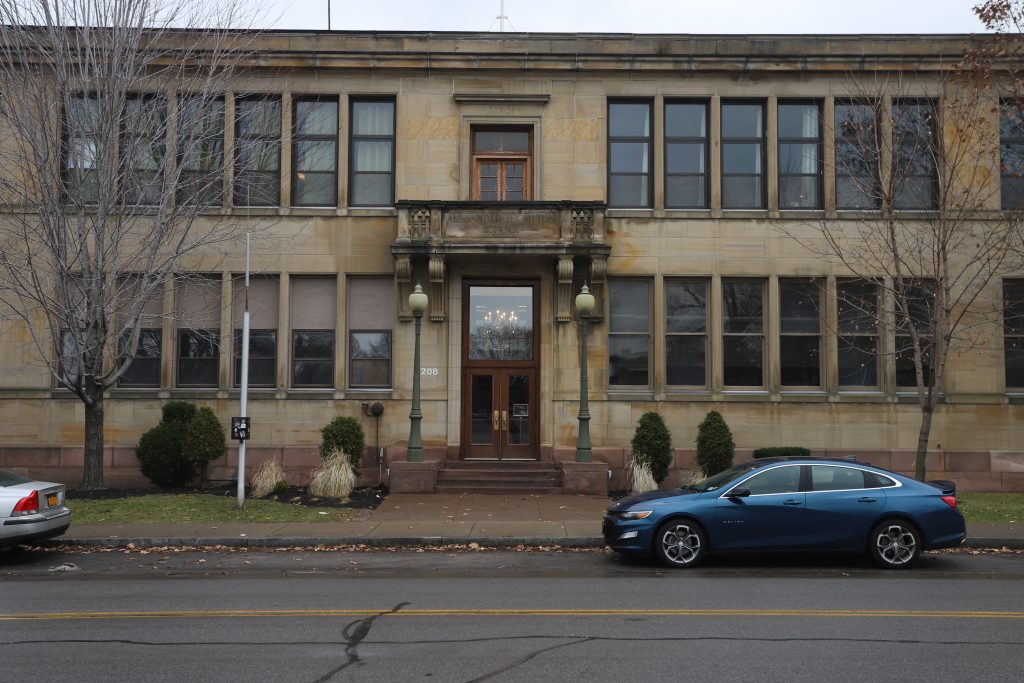

So, one of my main goals in 2019 is to highlight some more of these places that evade the most mainstream urbanist discourse. I met a lot of great people at APTA in Tampa last month. Florida’s success stories of growth and sprawl, as I alluded to, are perilously close in many areas to becoming narratives of decline. It’s important to recognize value where value exists and be able to tell many stories, not just sound the trumpets of Detroit’s vaunted rebirth or whatever the hell is happening in Braddock, Pennsylvania.
The iconic Midwestern courthouse square, a symbolic and architectural symbol of state power, is one I’d love to look at in narratives of urban redevelopment. Who’s doing what in these places and how do we promote their stories alongside those of the hackneyed, tired tropes of “how bad things are here,” or “how great things are there“?
I’m hoping that my network can bring me more of these stories, but I’m certainly looking for many of them in 2020.
